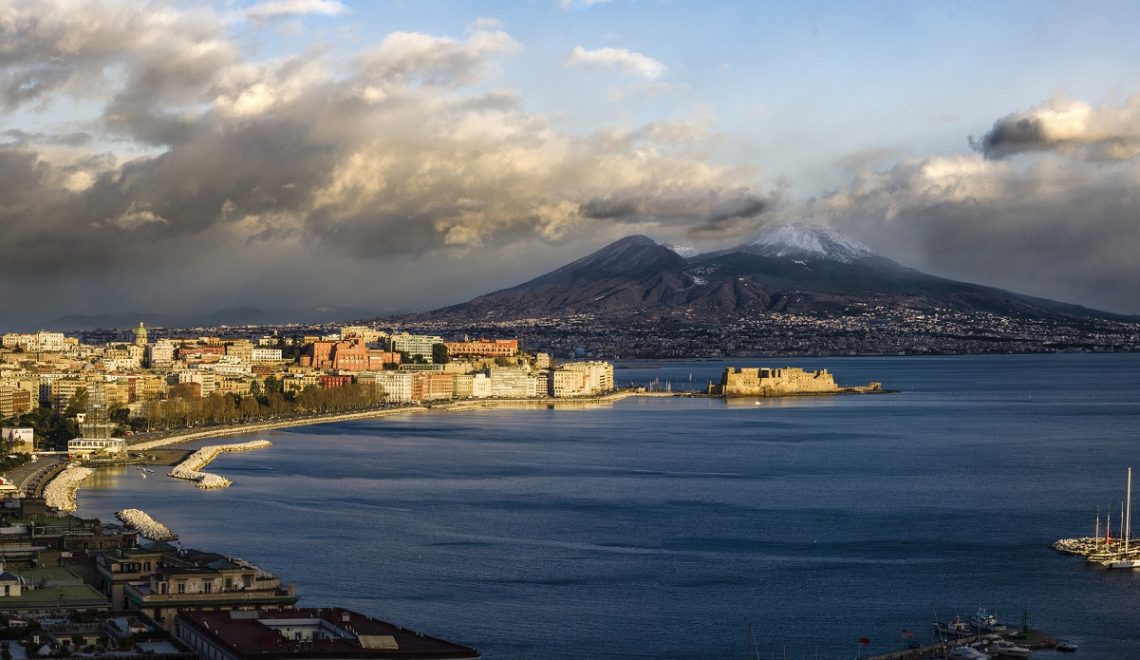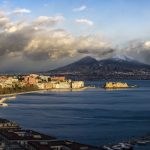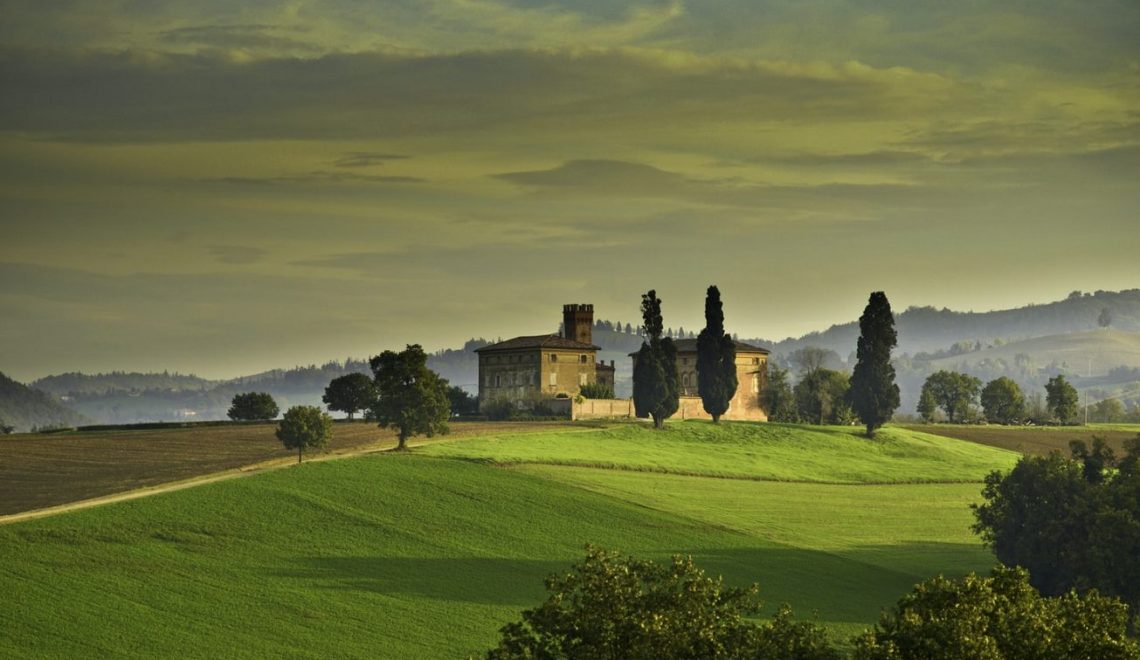
Emilia-Romagna, a region in northern Italy, is a treasure trove of art, history and, of course, delicious food. From the bustling cities of Bologna and Modena to the serene beauty of the Apennines, this region offers something for every traveler.
Must-Visit Cities in Emilia Romagna:
- Bologna: The Culinary Capital
- Ferrara: Renaissance Charm
- Forlì-Cesena
- Modena: Home of Balsamic Vinegar
- Parma: A Food Lover’s Paradise
- Piacenza: history and gastronomy
- Ravenna: Mosaics and History
- Reggio-Emilia: birthplace of Italy’s national flag
- Rimini: the capital of Italian nightlife
Emilia Romagna is one of Italy’s most vibrant regions, known for its rich history, stunning architecture and, most importantly, its exceptional cuisine. Nestled between the Po River to the north and the Apennine Mountains to the south, this region offers a delightful mix of cultural experiences and natural beauty. Whether you are a foodie, a history buff or an outdoor enthusiast, Emilia Romagna has something for everyone.
A Brief History of Emilia-Romagna
The history of Emilia Romagna is as rich and varied as its landscape. The region was originally inhabited by the Etruscans and later became part of the Roman Empire. The ancient Via Emilia, a Roman road that runs through the region, connects many of its major cities and serves as a reminder of its historical significance. Over the centuries, Emilia Romagna has been influenced by various cultures, including the Byzantine Empire and the Renaissance, which have left their mark on its art, architecture and culinary traditions.
Must-Visit Cities in Emilia Romagna
Emilia Romagna is home to several cities that are must-visits for any traveler.
Bologna: The Culinary Capital
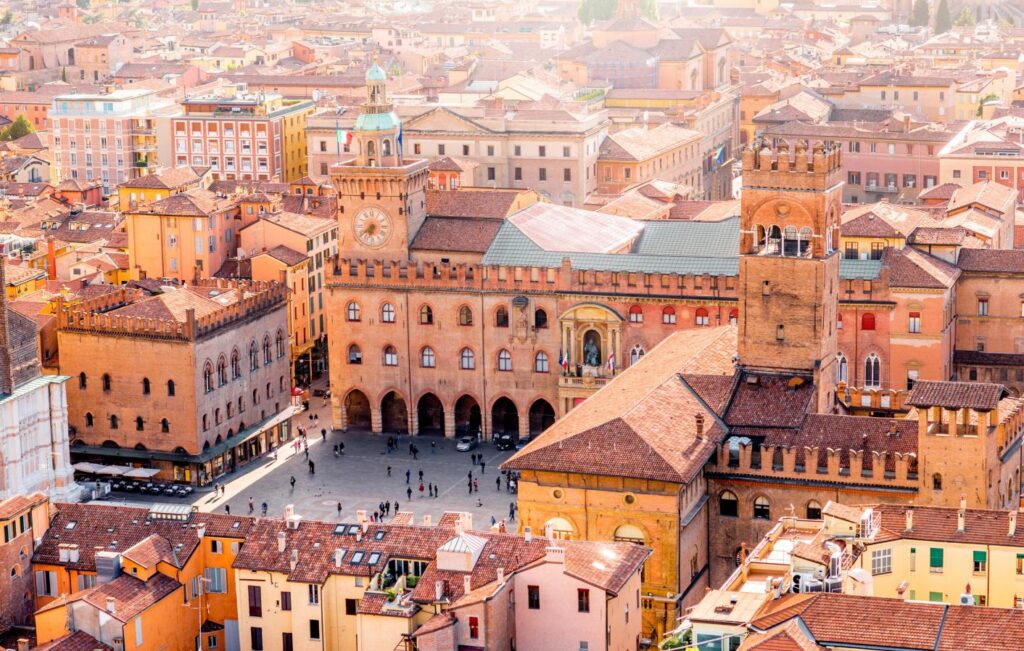
Bologna is often referred to as the gastronomic capital of Italy. Known for its rich culinary traditions, this city is famous for dishes like tagliatelle al ragù (Bolognese sauce) and tortellini. The historic center boasts stunning medieval architecture, including the iconic Two Towers. For a more detailed look into what to see in Bologna, check out our guide on what to see in Bologna in 2 days.Every year, Bologna hosts a traditional festival that celebrates Italian unity through food, music and cultural events. During the Festa dell’Unità, visitors can enjoy local delicacies, live performances and political discussions in a festive atmosphere.
Ferrara: Renaissance Charm
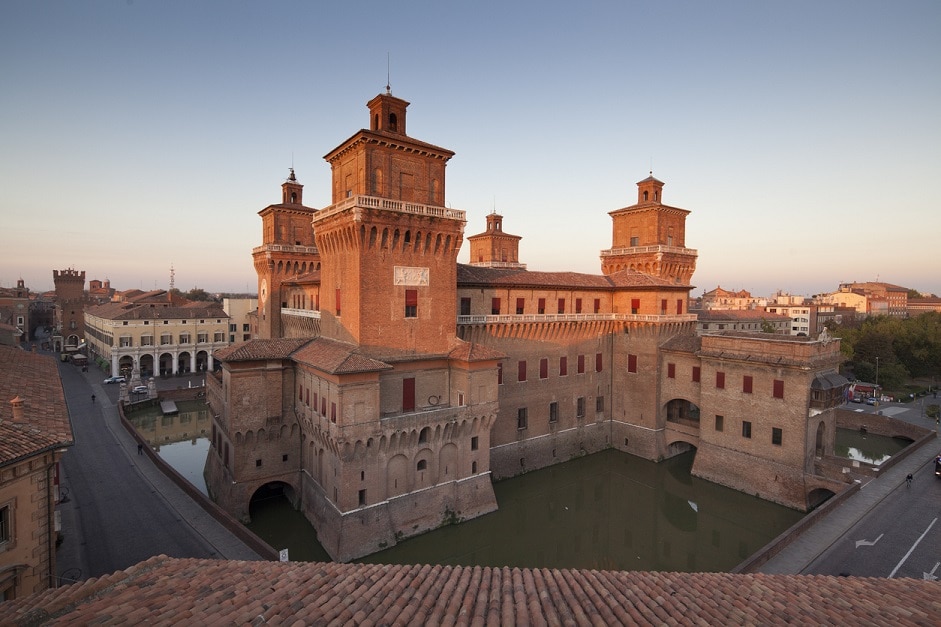
Ferrara is a UNESCO World Heritage site known for its well-preserved Renaissance architecture. The Estense Castle stands out as a symbol of the city’s rich history. Ferrara is also famous for its culinary delights, including pumpkin cappellacci, a type of stuffed pasta. For tips on exploring this charming city, check out our article on visiting Ferrara for a weekend.
Ferrara is home to several festivals such as:
- The Ferrara Buskers Festival (end of August): This unique festival transforms the city into a stage for street performers from all over the world. Musicians, dancers and artists showcase their talents in public spaces, creating a lively and entertaining environment.
- The Giostra del Borgo (June): A historical re-enactment of a medieval tournament where knights in armor compete in various challenges. The event includes parades, traditional music and local handicrafts.
Forlì-Cesena
This area combines beautiful landscapes with historical sites. Forlì features stunning art galleries and museums that showcase its rich cultural heritage. Cesena is known for its historic library, which houses ancient manuscripts.
Modena: Home of Balsamic Vinegar
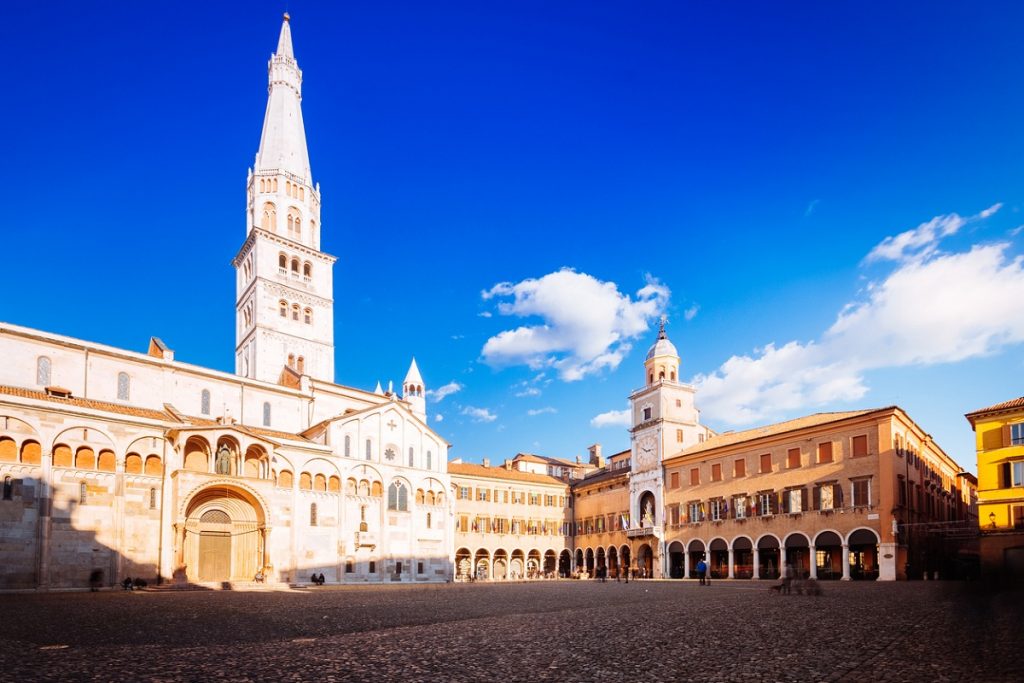
Modena is synonymous with high-quality balsamic vinegar and is also famous for Modena ham and tortellini. The city’s historic center is home to beautiful squares and churches, including the magnificent Modena Cathedral, a UNESCO World Heritage site. For more information on what to see in Modena, check out our guide on what to see in Modena in one day.
Modena’s Mutina Boica (September) historical reenactment celebrates Modena’s Roman origins. Visitors can experience ancient Roman life through camps, battles and activities for all.
Parma: A Food Lover’s Paradise
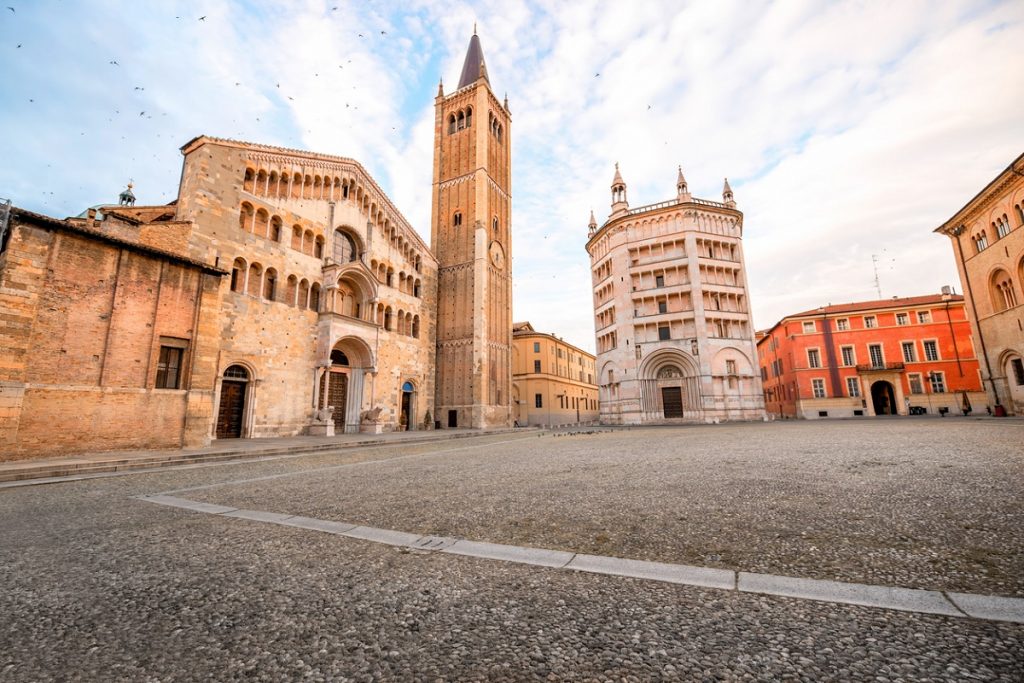
Parma is not only known for its delicious Parmesan cheese and Prosciutto di Parma, but also for its stunning architecture and vibrant cultural scene. Visitors can explore the beautiful Palazzo della Pilotta and enjoy local delicacies at numerous trattorias. For those interested in culture, Parma has been designated as the Italian Capital of Culture in 2020.
Piacenza: History and Gastronomy

Piacenza offers a charming blend of history and gastronomy. The city’s historic center features beautiful palaces and churches, while local specialties include salumi (cured meats) that are sure to delight food lovers.
Ravenna: Mosaics and History

Ravenna is renowned for its stunning Byzantine mosaics found in several UNESCO World Heritage sites, including the Basilica of San Vitale and the Mausoleum of Galla Placidia. This city offers a unique glimpse into Italy’s artistic heritage.
The seaside town of Cervia in the province of Ravenna hosts the Artevento – International Kite Festival between April and May. This spectacular festival fills the sky with colorful kites made by skilled kite makers from around the world. The event includes kite flying competitions, workshops and evening entertainment, making it a delightful experience for families and visitors of all ages.Ravenna also hosts the Ravenna Festival between June and July. This prestigious festival focuses on music and art, with opera performances, concerts and theatrical productions set against the backdrop of Ravenna’s stunning mosaics.
Reggio-Emilia: The Birthplace of Italy’s National Flag
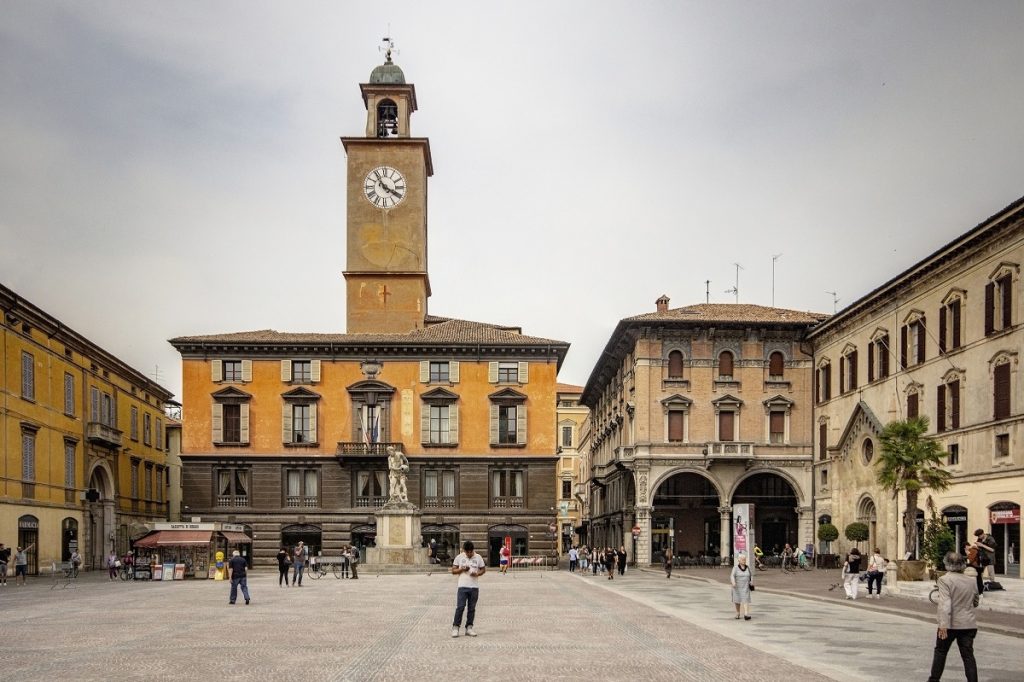
Known as the birthplace of Italy’s national flag, Reggio Emilia boasts beautiful squares and historic buildings. It is also famous for its culinary offerings, including “erbazzone”, a savory pie filled with Swiss chard.
Festival Mundus is a celebration of ethnic and folk music from around the world, with concerts and workshops that highlight different cultures and musical traditions. It takes place from July to August in Reggio Emilia.Every year in May, in Quattro Castella, in the province of Reggio-Emilia, the Matildic Historical Pageant takes place. A historical pageant that commemorates the legacy of Matilde di Canossa, with costumed characters re-enacting important events in her life. The event includes medieval games, markets and performances.
Rimini: The Capital of Italian Nightlife

Rimini is best known for its beautiful beaches along the Adriatic coast, but also boasts a rich historical background with sites like the Arch of Augustus and Malatesta Temple. This city offers a lively atmosphere perfect for those looking to enjoy both culture and relaxation.

Italy’s Nightlife: A Guide to the Best Bars and Clubs
Discover Italy’s nightlife with a guide to the best bars and clubs. From Rome’s trendy bars to Milan’s vibrant clubs, explore a variety of unforgettable spots for every taste. Perfect for both seasoned party-goers and newcomers.
Outdoor Adventures and Natural Beauty
Emilia Romagna is not just about cities: the region also offers breathtaking landscapes perfect for outdoor activities.
The Apennines: Hiking, Trekking and Mountain Biking
The Apennine Mountains provide ample opportunities for hiking and trekking enthusiasts. Trails range from easy walks to challenging hikes that reward adventurers with stunning views of valleys and forests.
The Po Delta: Birdwatching and Nature Reserves
The Po Delta is one of Italy’s most important natural reserves, offering excellent birdwatching opportunities. Visitors can explore wetlands teeming with wildlife while enjoying peaceful boat rides through this unique ecosystem.
The Adriatic Coastline: Sun, Sea and Party Life
The Adriatic coastline features beautiful sandy beaches that attract sun-seekers from around the world. Rimini is particularly popular for its vibrant nightlife scene, making it an ideal destination for those looking to combine relaxation with entertainment.
Planning Your Trip to Emilia-Romagna
When planning your visit to Emilia-Romagna, consider these key points:

How to Plan a Trip to Italy for the First Time
Discover the best time to visit Italy, must-see destinations, how to get around, and budget tips for your unforgettable Italian adventure. Explore iconic cities, hidden gems, and indulge in world-class cuisine.
Best Time to Visit: Seasons and Events
The best times to visit are during spring (April to June) or fall (September to October) when temperatures are mild and crowds are smaller. These seasons also coincide with various food festivals that highlight local cuisine.
How to Get There
Emilia-Romagna is well-connected by public transportation. Major cities such as Bologna, Ferrara and Reggio-Emilia have train stations which are directly connected by the Italo Treno high-speed train to the Milan Central Station or other Italian cities.


